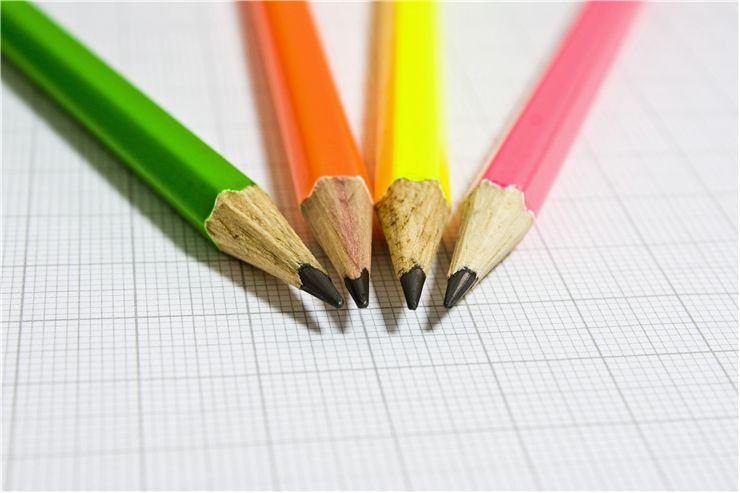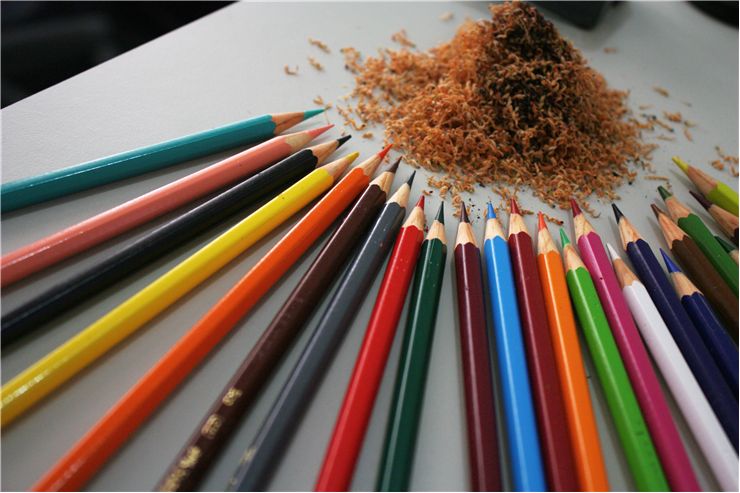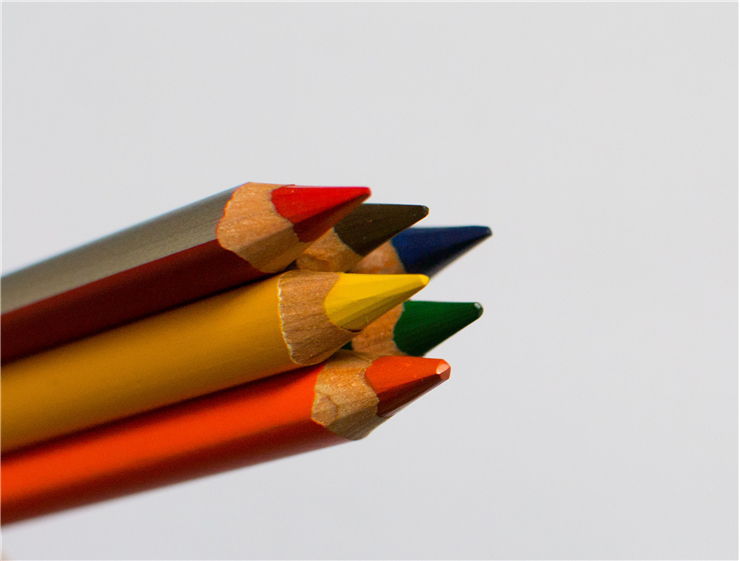How Pencils are made?
A pencil is a writing instrument with a solid core of clay, graphite, and a wooden casing. We started using pencils when a vast deposit of graphite was found in England in the 16th century. Graphite got its name from the Greek word "graphene," which means "to write."
At first, graphite was cut into blocks and coated in sheep’s leather. Pencils were still made of graphite but were encased in wood, making them easier to use because graphite would not break. Due to various circumstances, pure graphite was harder to obtain, and a substitute had to be invented. The solution came in a mixture of powdered graphite and clay, which is still used today. This method allowed the manufacturing of pencils with different hardness and shades of black. The next step was a method of mass-producing pencils which brought their price down and allowed more people to possess one. Eraser was added to the end of the pencil in the 19th century and made it more practical. Although we have other tools for writing, we still use pencils today for war writing and drawing. Pencils evolved into mechanical pencils, colored pencils, and grease pencils used by carpenters and others.
The first step in making a pencil is mixing graphite powder with clay. The more graphite mixture has, the more the pencil will be softer, and the mark it leaves on the surface, like paper, will be darker. Then a mixture is formed in long string-like forms, which can be done in two ways. The first one is extrusion, where the mixture is forced through a precise diameter hole to make a string of a predetermined length and then baked to become hard and brittle. The second method uses a machine called a “billet press.” The mixture is poured into a mold plugged from above. A metal piston ascends from the bellow and presses the mixture until we get a hard, solid cylinder called a "billet." The cylinder also goes through an extrusion machine and a hole that makes it a desired diameter.
Wood casing is usually made of cedar wood, and it starts as narrow strips called "slats," which are already dried, stained, and waxed to prevent warping. They are planned to give them a flat surface. They are passed through a cutter head which makes parallel semicircular grooves into them. These grooves are as deep as half of the diameter of a graphite core and are placed on one side of the slat. Half of these slats are covered in the glue on the side where they have grooves, and earlier prepared graphite strings are placed in their grooves. The other half of the slats are left without glue and turned around by a machine so their grooves are below. They are placed over slats with glue and graphite. Each " sandwich” is placed in a vise where it stays until the glue dries. After drying, the ends of the slats are cut to remove excess glue.
Pencils are then shaped. Each sandwich goes through a machine with two sets of cutters, one above and one below. Each cutter cuts between graphite sticks a channel in a triangular shape, shaping individual pencils that are hexagonal in the end. This shape prevents them from rolling from the desk when used. Pencils are then smoothed by sanders, painted, and left to dry. This is repeated as many times as needed. When the final layer of color is done and dried, the pencil is varnished. Excess varnish is removed by a machine that cuts pencils to the same size. The last step is attaching a metal ring called “ferule,” which holds the eraser, and a company logo is pressed.


